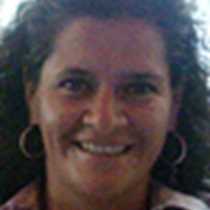Española Island
We had a beautiful last day in the Galápagos; what an extraordinary learning adventure we have had this week. Having witnessed the very special processes of life that has shaped the fragile ecosystems of this particularly young archipelago, it has been an overwhelmingly interesting experience for all of us, from our younger explorers all the way up to the eldest guest of this friendly group.
Some chose to kayak around Gardner Islet before breakfast and had a wonderful experience exploring these calm waters. Water temperature was in the mid-sixties, and here we enjoyed for the last time watching the Galápagos fish and sea lions. At the beach, a good couple hundred sea lions sleeping kept us wondering about the isolation of these tame creatures that allow us to get very close to them to take pictures without even looking at us once. Meanwhile, the endemic Española mockingbirds engaged in territory disputes nearby.
Our last visitor site, Punta Suarez is the nesting ground for the biggest seabird in the Galápagos, the waved albatross, an entirely oceanic species, that is not designed to live on land, the only reason why we are able to see them is because they use Española as their breeding territory. Around this time of the year they are busy raising their chicks so they will be strong enough to fly away from the island by the end of the year. We have walked among nesting blue-footed and Nazca boobies, some of them with very young chicks.
Having explored this rookery, we returned to National Geographic Islander with the satisfaction of having understood this magical place and with the conviction that we need to help conserve it – not just for us humans in the future, but for all these incredible creatures that have delighted and welcomed us into their home as if we were really part of it.




